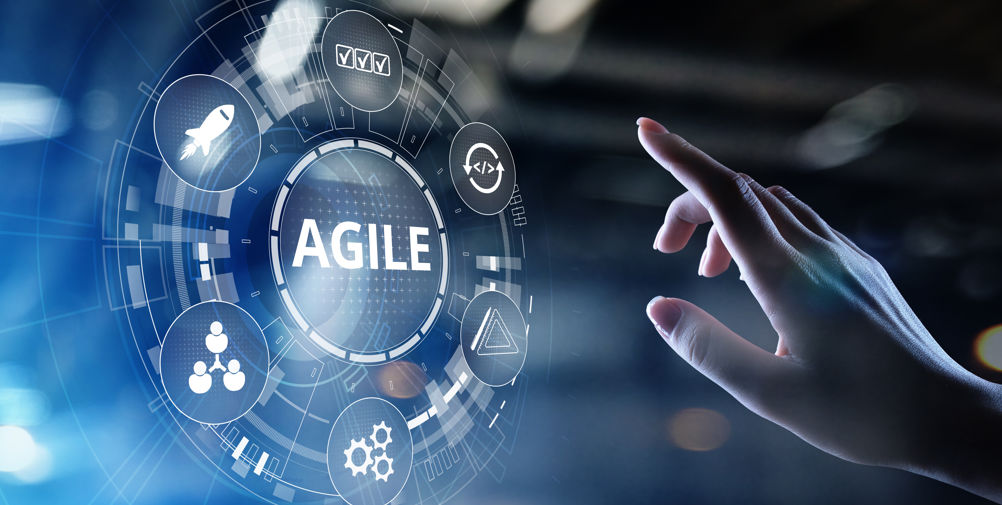It is the time when we all reflect on the past 12 months and look forward to the year ahead. For the manufacturing sector, 2022 has seen the pace of innovation continue to accelerate as it combats a myriad of challenges presented by a volatile global business landscape.
Looking ahead, 2023 will continue the trend of an accelerated adoption of digital transformation but with an added ingredient of a shift to software-as-a-service (SaaS) platforms. For manufacturers ,it is the time to boldly go into the cloud and leave on-premises software infrastructure behind.
1: SaaS and Cloud Will Dominate Investment
This will be the third year since the business world was turned on its head by the unprecedented change dictated by the global pandemic. However, according to data gathered by PTC, the majority of manufacturing organisations believe that without upgrading or reinvestment, their enterprise software systems will remain competitive for roughly two to three years.
So manufacturers who upgraded in 2020 or before will seek to reinvest in their software solutions, perhaps around computer-aided design (CAD) or product lifecycle management (PLM). They can upgrade existing legacy systems, likely built as on-premises solutions, or shift toward cloud-native SaaS platforms. Our research indicates that the latter is far more popular, especially for PLM. The expectation is that this enthusiasm for cloud-native SaaS solutions will translate into increasingly significant investments. Of course, this does not mean that SaaS will replace on-premises for everyone, but for many organisations, the cloud will be a serious consideration.
2. Welcome to the World of Agile Product Design
One inherent advantage of moving to SaaS is the decentralisation of organisational infrastructure. With modern solutions developed and optimised for this architecture, it can lead to a change in fundamental workflow procedures. Sequential product development, where a product develops in stages, each one requiring a firm start date and end approval before the next phase can begin, is the traditional methodology.
This so-called ‘Waterfall’ product development is not the only option with SaaS-based infrastructure; another enticing product development strategy has emerged as a serious challenger in the form of agile development, which gives its user the ability to create hardware like software. This cycle-based system depends on frequent, cross-organisational, client-oriented communication. Agile product development work occurs in short sprints, often lasting only days or weeks, to create something concrete quickly and efficiently.

The various agile methodologies have their roots in software development, which has become pervasive throughout the entire product lifecycle. The challenge has been applying the method of mechanical parts because the speed of delivery is different. With development tools such as PTC's Codebeamer, the advantages of an Application Lifecycle Management (ALM) product can now effectively be applied to agile product development for both software and hardware. We understand that agile will be seen as a massive shift in thinking for many hardware manufacturers, but we firmly believe it will bring results.
3. Building Sustainability into Product Design
Industry leaders no longer consider sustainability a burden enforced by regulation but a tremendous opportunity to deliver greater value to customers and investors. This creates an opportunity to build sustainability into every aspect of an increasingly circular product lifecycle, which is increasingly mandated by government regulations.
It begins with the idea of sustainability by design, visualising, engineering, and designing products focusing on their environmental footprint and using no more material than is physically necessary. Sustainability is the mark of a business that understands its value chain, starting with component and material sourcing, operations within the organisation, and the product's life once it has left the factory. Design and engineering data from PLM is combined with actual data from the physical world via IoT for a digital thread along the entire value chain. With this information, sustainable organisations can drive material and energy efficiencies that cut costs and improve the bottom line while improving their environmental impact.
4. The Future Remains Flexible for the Workforce
It was an assumption that the restrictions to combat the global pandemic marked the long-term shift to an unparalleled level of remote and flexible work. The benefits of remote working speak for themselves. SaaS, by design, works as well in a decentralised environment as it does in a centralised one. The tools no longer demand many employees to commute to pre-determined settings to achieve peak productivity, especially for knowledge employees.

Augmented reality can utilise a decentralised infrastructure to communicate information more readily, regardless of location. While the factory or office will likely never completely disappear, the mindset around work is shifting dramatically.
5. Keeping the Digital Thread Secure
The cloud has always had to fight against the misnomer that it is not as secure as on-premises. However, it is true that not all SaaS products are created equal, and not all SaaS partners can provide the same level of service and protection. In addition, the rapid digitalisation of manufacturing has run parallel to cybercrime rates continuing to increase, and the variety and complexity of attacks are growing.
A transition toward SaaS allows organisations to free their IT teams to be more proactive in digital transformation initiatives and strategies. IT professionals' time should not be consumed keeping the lights on and performing digital custodian duties. Security must be maintained at every stage of the product lifecycle, and for organisations to accomplish this, they must first have complete visibility. Organisations can track, utilise, and safeguard their data by implementing and maintaining a comprehensive digital thread underlying infrastructure.

Elliot Clarke is UKI Regional Director for PTC











McMurtry Spéirling defies gravity using fan downforce
Ground effect fans were banned from competitive motorsport from the end of the 1978 season following the introduction of Gordon Murray's Brabham...